By Leighetta Kim, Museum Database Intern, McGill Visual Arts Collection
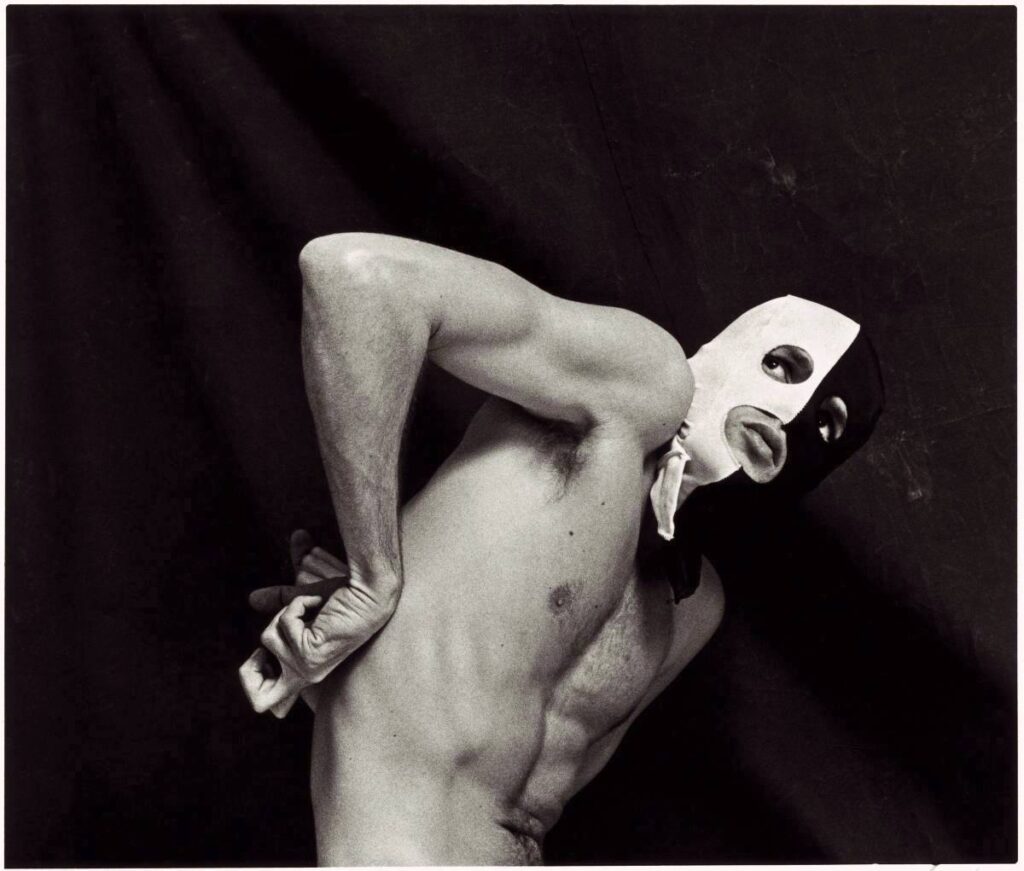
On loan from the Estates of Blema and Arnold Steinberg. McGill Visual Arts Collection, PG2017-008.
Hooded Glance – Self Portrait by Marcus Leatherdale is a photograph that immediately draws you in. A tension between vulnerability and strength commands a viewer’s gaze. As an intern at the McGill Visual Arts Collection, the image of this enigmatic self-portrait stood out to me from the database of art on campus. While researching Leatherdale (1952-), stories of the artist’s connections to some of the most elite circles of New York City’s underground scene in the 1970s and 80s unfolded. Immersed in what would become his “family of choice,”[i] Leatherdale now recognizes that his early photographs have become documents of a significant cultural moment. [ii]
Inspired to learn more about artists responding to this same cultural moment in Montreal, I encountered the work of artist Sunil Gupta (1953-). Establishing his art practice in the same decades as Leatherdale, Gupta turned his camera lens on the local Queer scene in Montreal, and later New York. Although these two photographers work in different styles – studio and street – their impulse to document from an embedded perspective contributed to Queer world-making of the time and helped to build a cultural archive for future generations.
Born and raised in Montreal, Leatherdale attended the École des Beaux Arts in 1969 where he explored many artforms, eventually focusing on photography. In 1977, Leatherdale moved East to attend the San Francisco Art Institute and subsequently became involved in the city’s punk scene.[iii] The following year, Leatherdale was introduced to rising art star Robert Mapplethorpe at the Simon Lowinsky Gallery by a mutual friend and artist, Peter Berlin.[iv] After meeting Mapplethorpe, Leatherdale received a postcard from the fellow photographer inviting him to New York.[v] Although the young artist already had plans to set up shop in Manhattan, he arrived on the scene with a place to crash and a connection like no other.[vi]
Eventually hired to manage the studios of both Mapplethorpe and influential photo collector Sam Wagstaff — Leatherdale had his foot in the door.[vii] As New York’s newest “IT boy”, Leatherdale was determined to leave his mark in the city. Between party hopping with Andy Warhol and pogo dancing at a Yves Saint Laurent launch party;[viii] the young photographer established his “Hidden Identities” photo series.
According to Leatherdale’s account, the series was born during a Dada night, titled “Underground,” in which Leatherdale transformed a club’s go-go cage into a portrait studio.[ix] Stephen Saban, a nightlife columnist, later approached Leatherdale to continue creating unidentifiable portraits for Details.[x] With the aim of representing personal style over facial features of New York’s up-and-coming, Leatherdale was given full artistic autonomy and began welcoming icons into his studio to explore their identity.[xi] Masked sitters included; Andy Warhol, Keith Haring, Joey Arias, Madonna, Iman, Debbie Harry, Jodie Foster and Peter Allen.
Behind each photograph, Leatherdale accumulated a new tale to tell. The young artist had only met Leigh Bowery the night before photographing the fashion designer, performance artist, and icon of Club Kid history.[xii] When Bowery arrived at Leatherdale’s studio, he was sporting the same outfit as the night before, wearing only a beaded mask, a corset, silver platform boots and a merkin wig.[xiii] Bowery had a presence like no other; described as a “gentle giant” by Leatherdale, the photographer recounts the chaos of cab hailing alongside Bowery as one of his favourite moments in New York.[xiv]
Leatherdale’s photograph, Hooded Glance, which is on loan to McGill is a rare example in this series because it is a self-portrait. With a deadline looming and a last-minute cancellation, Leatherdale stepped in front of his own lens, posing in a crouched position against a simple background, accentuating the curvatures of his physique against the darkness. His hands rest on his back in a claw-like grip while he dons a black and white mask. This two-toned mask is from a previous shoot in which he took portraits of characters from the opera Victory Over the Sun (1913) wearing costumes designed by Russian avant-garde artist, Kazimir Malevich. “Hidden Identities” became Leatherdale’s outlet to transform his experiences with the people he encountered into art.
In a parallel fashion to New York, Montreal’s Queer scene during the 70s and 80s was beginning to blossom. “My Generation started gay liberation,” recalls photographer Sunil Gupta, “and in my case it was joining Gay McGill in 1972.”[xv] As a student led initiative, the formation of Gay McGill in 1972 (now known as Queer McGill) aimed to foster a Queer community within and beyond the university. The group responded to educational and psychological needs, in addition to planning social events that brought hundreds of Queer Montrealers together.[xvi]
In Gupta’s “Friends and Lovers: Coming Out in Montréal in the 1970s,” the photographer presents a series of photos that outlay his “assimilation into Canada via an early embrace of the gay liberation movement in Montreal.”[xvii] For Gupta, his approach to Gay liberation was deeply anti-capitalist and rooted in the centering of Queer voices of colour that were being pushed to the peripheries.[xviii] Among these photographs include gatherings at Gupta’s Stanley Street apartment, what he refers to as the informal hub of Gay McGill.[xix]
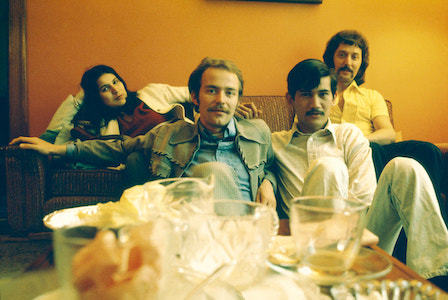
Gupta eventually made his way to New York City where he shot his following series Christopher Street (1976), continuing his tradition of capturing the day to day lives of Queer communities.
By preserving their day-to-day encounters within their art, Leatherdale and Gupta’s photography fit within a larger Queer archive. My own encounter with Leatherdale’s photograph, which is on loan to the VAC collection, brought to life multifaceted histories – characterized by creativity, self-expression, and intimacy. Sparking a curiosity and appreciation, these photographs leave a long-lasting impression of the glamour and struggles of Queer communities during the 1970s and 1980s.
[i] Martin Belk, “Marcus Leatherdale Through the Lens,” Hello Mr., April 4, 2016, https://hellomrmag.com/marcus-leatherdale-through-the-lens/
[iii] Lexi Manatakis, “This Photographer Captured NYC’s Underground Icons, from Warhol to Divine,” AnOther, October 24, 2019, https://www.anothermag.com/art-photography/12043/warhol-cookie-divine-marcus-leatherdale-out-of-the-shadows-new-york-80s
[iv] Patricia Morrisroe, Mapplethorpe: A Biography (New York: Random House, 1995), 210.
[v] Martin Belk, “Marcus Leatherdale Through the Lens,” Hello Mr., April 4, 2016, https://hellomrmag.com/marcus-leatherdale-through-the-lens/
[vi] Ibid.
[vii] Ibid.
[viii] Ibid.
[ix] Mark Alan Burger, “Marcus Leatherdale Brings the Icons of ’80s New York Out of the Shadows,” Interview, October 4, 2019, https://www.interviewmagazine.com/art/marcus-leatherdale-andy-warhol-out-of-the-shadows
[x] Martin Belk. “Marcus Leatherdale Through the Lens,” Hello Mr., April 4, 2016, https://hellomrmag.com/marcus-leatherdale-through-the-lens/
[xi] Holden Lutz, “Dialogues with Great Photographers – Marcus Leatherdale,” Holden Lutz, April 26, 2016, https://www.holdenluntz.com/magazine/dialogues/marcus-leatherdale/
[xii] Nadja Sayej, “From Madonna To Andy Warhol, New York’s Cool Kids In The 1980s,” Forbes, September 23, 2019, https://www.forbes.com/sites/nadjasayej/2019/09/23/from-madonna-to-andy-warhol-new-yorks-cool-kids-in-the-1980s/?sh=251bb6568f12
[xiii] Ibid.
[xiv] Lexi Manatakis, “This Photographer Captured NYC’s Underground Icons, from Warhol to Divine,” AnOther, October 24, 2019, https://www.anothermag.com/art-photography/12043/warhol-cookie-divine-marcus-leatherdale-out-of-the-shadows-new-york-80s
[xv] Flora Dunster, “Do You Have Place?” Third Text 35, no.1 (2021): 84.
[xvi] V. Samoylenko, “Walls have Ears: The Stories of Montreal’s LGBTQ2S+ Spaces,” Archives Gaies Du Quebec, Accessed June 17th, 2021, http://agq.qc.ca/en/wallshaveears/
[xvii] Sunil Gupta, “Friends & Lovers: Coming Out in Montréal in the 1970s,” Sunil Gupta, Accessed June 10th, 2021, https://www.sunilgupta.net/friends–lovers-coming-out-in-montreacuteal-in-the-1970s.html
[xviii] Flora Dunster, “Do You Have Place?” Third Text 35, no.1 (2021): 86.
[xix] Sunil Gupta, “Friends & Lovers: Coming Out in Montréal in the 1970s,” Sunil Gupta, Accessed June 10th, 2021, https://www.sunilgupta.net/friends–lovers-coming-out-in-montreacuteal-in-the-1970s.html




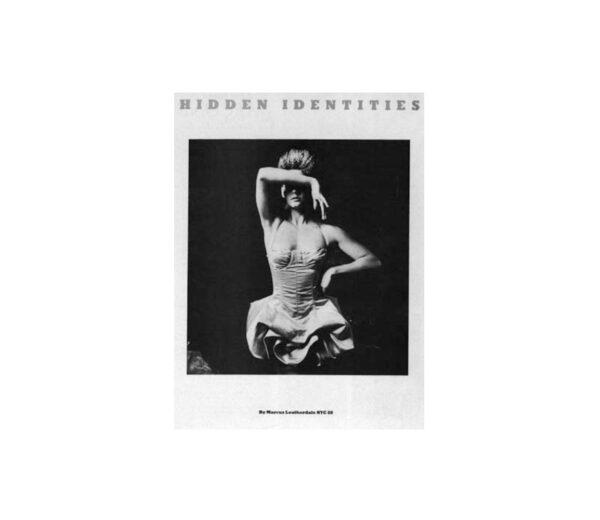
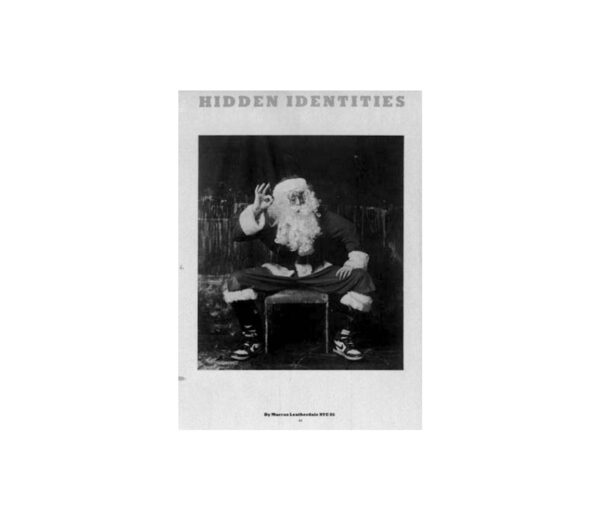
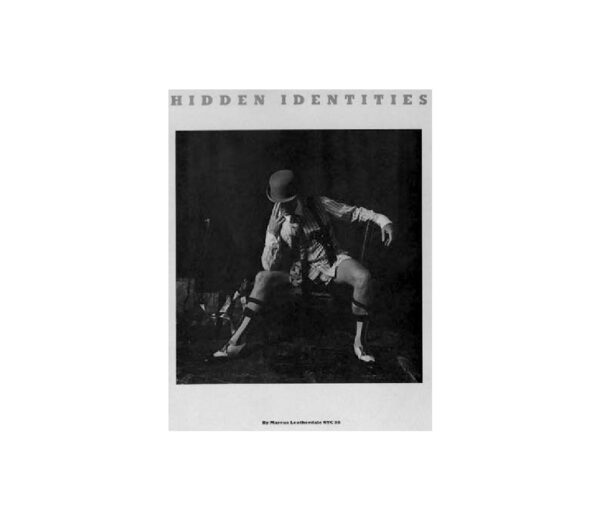
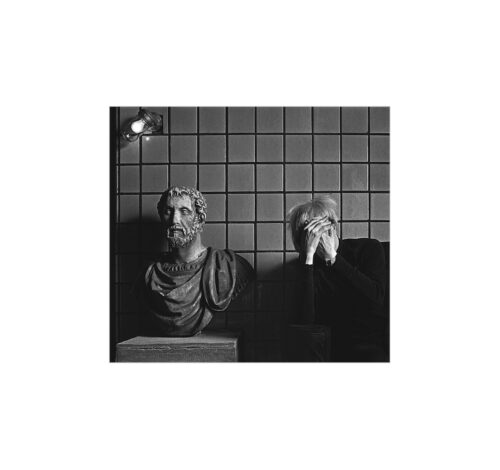
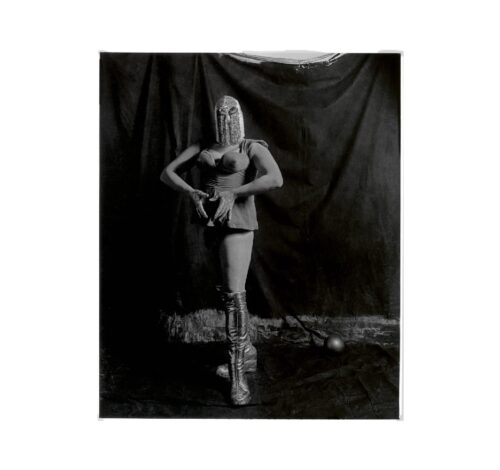
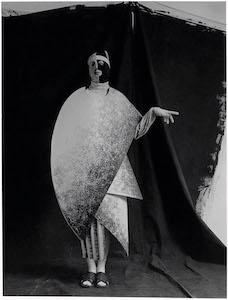
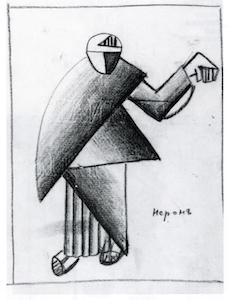
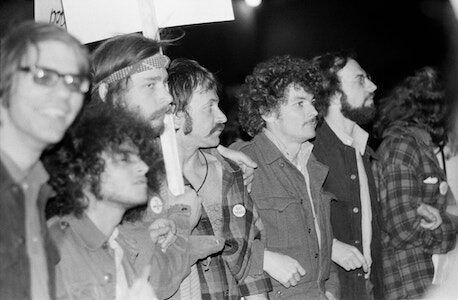
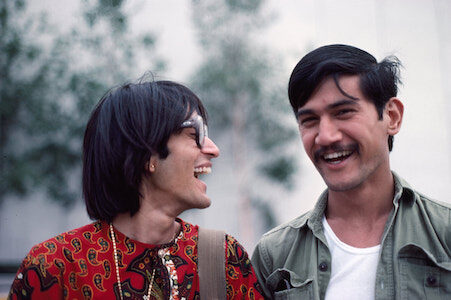
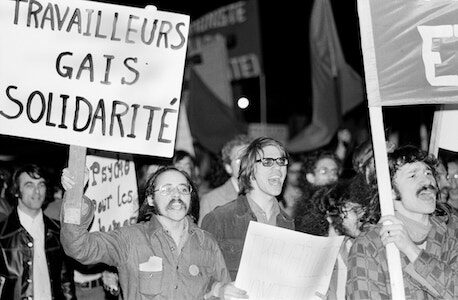
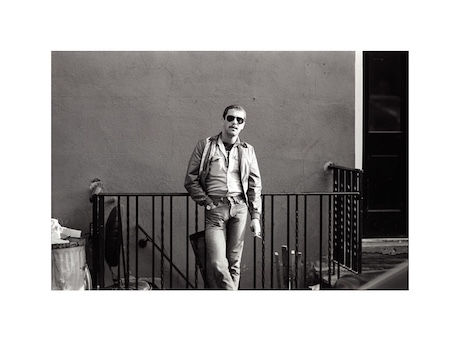
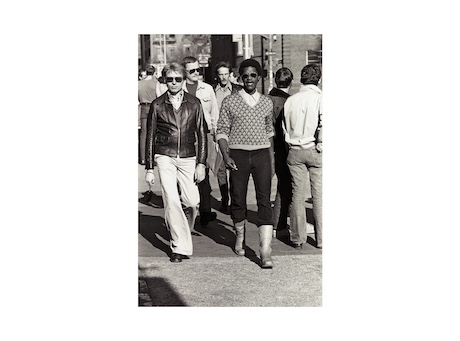
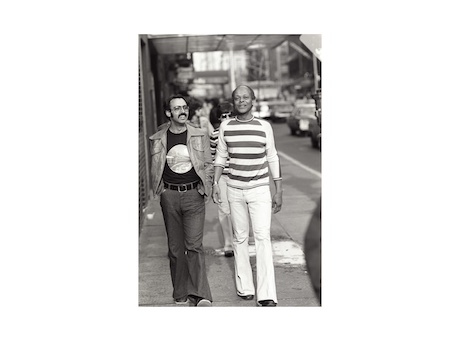










Leave a Reply
You must be logged in to post a comment.